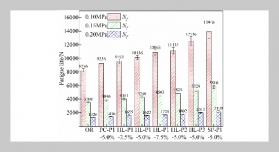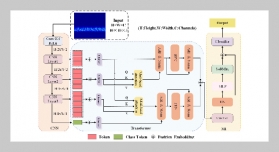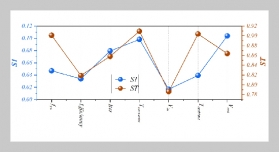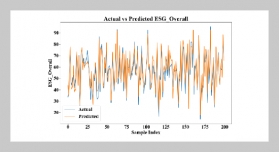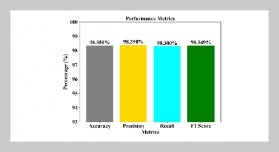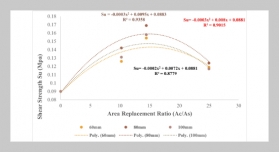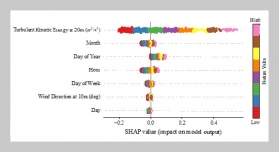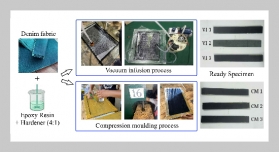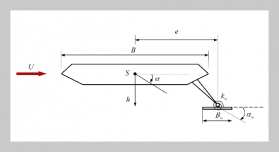Laith K. Shaakir1, Manaf Adnan Saleh Saleh This email address is being protected from spambots. You need JavaScript enabled to view it.2, and Ranen Z. Ahmood2 1Department of Mathematics, College of Computer Sciences and Mathematics, Tikrit University, Tikrit, Iraq
2Department of Mathematics and Computer Applications, College of Science, Al-Nahrain University, Baghdad, Iraq
Received:
February 11, 2022
Copyright The Author(s). This is an open access article distributed under the terms of the Creative Commons Attribution License (CC BY 4.0), which permits unrestricted use, distribution, and reproduction in any medium, provided the original author and source are cited.
Accepted:
April 19, 2022
Publication Date:
June 10, 2022
Download Citation:
||https://doi.org/10.6180/jase.202303_26(3).0005
Although the systematic emergence of the fuzzy functional analysis theory has started in the last few years, we are starting to construct a new theory of fuzzy operator ideals inspired by the classical (crisp) operator ideals theory. We define the concept of fuzzy operator ideal and present some basic examples and introduce a significant class of fuzzy operator ideals, namely the class of absolutely fuzzy p-summing between arbitrary complete fuzzy normed spaces, which is a natural generalization of the notion of absolutely (crisp) p-summing between Banach spaces defined by Albrecht Pietsch. We initiate to define fuzzy norm of the aforementioned notion and prove its fuzzy norm is fuzzy real number. It shows that the resulting class of fuzzy bounded operators is a complete fuzzy normed fuzzy operator ideal. It then establishes an important fundamental characterization of absolutely fuzzy p-summing. This is done by proving a fuzzy version of Pietsch Domination Theorems. Finally, the paper presents some open problems which the researchers finds interesting.ABSTRACT
Keywords:
Operator ideals, Fuzzy functional analysis, Fuzzy real analysis, Pietsch Domination Theorem
REFERENCES



